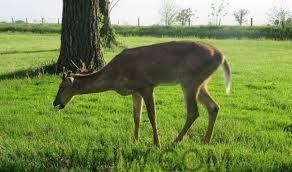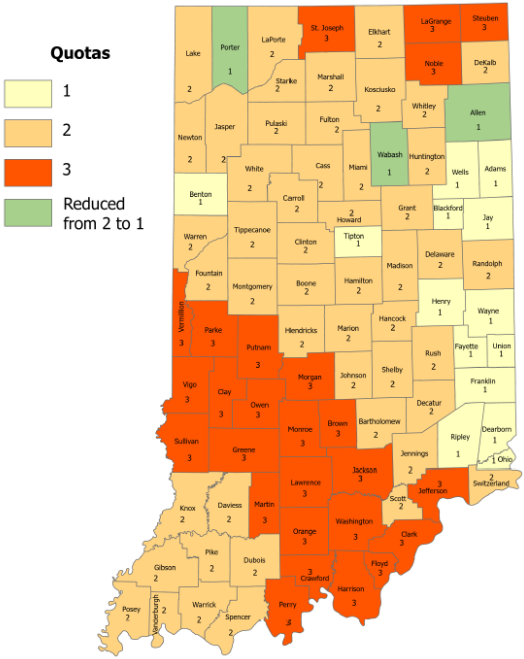
INDIANA – The Indiana Department of Natural Resources (DNR) has confirmed a significant outbreak of Epizootic Hemorrhagic Disease (EHD) affecting the state’s deer population, particularly in the northern regions. This naturally occurring viral disease is transmitted by biting midges and has been reported annually, but this year’s outbreak has raised concerns due to the number of deer showing symptoms.

Infected deer may exhibit unusual behaviors such as lethargy, excessive salivation, and disorientation. Fever caused by the disease often drives deer to seek water, which explains why many carcasses are found near open water sources like ponds and rivers. While EHD is not transmissible to humans and does not usually affect domestic animals, the impact on the deer herd can be severe.
In response to the outbreak and the associated deer mortalities, the Indiana DNR has adjusted the county bonus antlerless quotas (CBAQs) in Allen, Porter, and Wabash counties, reducing the limit from two to one. This measure aims to help mitigate the disease’s effects on the local deer population.

DNR biologists plan to conduct a thorough evaluation of the outbreak this winter and, based on their findings, propose any necessary changes to bag limits.
Residents who encounter deer exhibiting signs of EHD or find deceased deer near water sources are encouraged to report their observations at on.IN.gov/sickwildlife. The DNR urges community cooperation in monitoring the situation better to manage the health of Indiana’s deer herd.



